After the outbreak of the Great Patriotic War, a partisan movement unfolded in the territories occupied by the Germans. One of the problems faced by the people’s avengers was a small number of weapons and explosives. Partisan masters who made new weapons, various adaptations, and repaired defective weapons, voluntarily undertook the solution to this problem.
Tengiz Shavgulidze became one of the most effective partisan masters who, in difficult forest conditions, created technical miracles. Tengiz was born in December 1913 in the Georgian city of Kutaisi. Most of his life he devoted to work in the field of railway transport, education and invention.
Since 1939, he had served in the railway troops as commander of a traction platoon of the railway regiment. In the autumn of 1941, the Germans captured Tengiz Shavgulidze and his comrades. In June 1942, he and a group of his comrades escaped from the German camp and joined the ranks of partisans of the Minsk region.
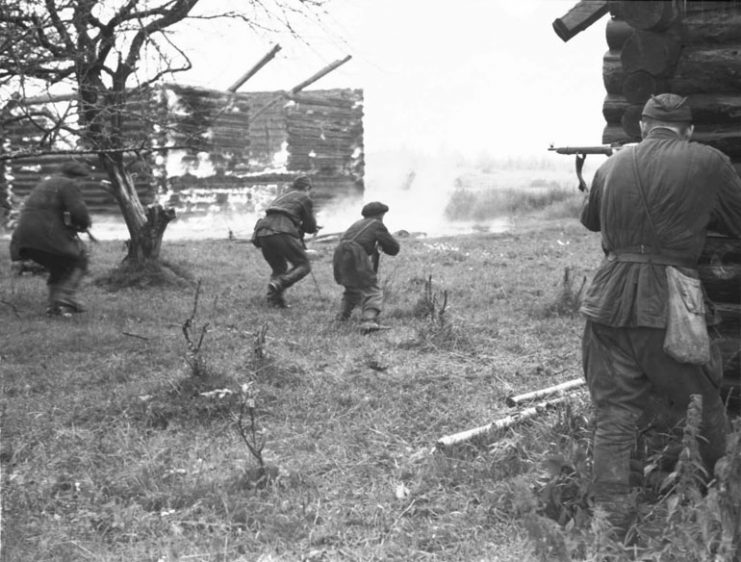
In the winter of 1942, partisan detachments experienced an acute shortage of explosives. Then Shavgulizde proposed to derail the German echelons with the help of a device working as a railway transfer switch. The device consisted of a wedge and a sloping rail. The weight of the device was about 18-20 kilograms.
To install and fix this device to the rails it took several minutes. At arrival on a wedge, the forward wheel of the train moved on the inclined plane. Climbing along this inclined plane, the wheels of the train moved from the inner to the outside of the voyage. After that, the train derailed.
The newspaper Sovetskaya Rossiya spoke of the first test of this device on February 8, 1979:
Tengiz made his way to the railway track, crawled to the rails, and less than a minute was required to install the wedge. And soon along came a heavy-loaded train, rushing to the east, as if seized by a huge unprecedented force, at full speed, it went under the slope. The wedge did its job.
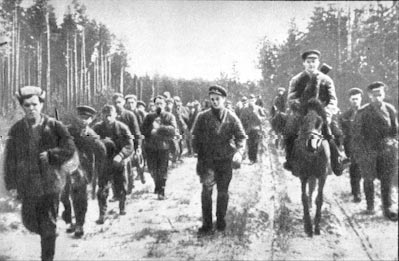
Shortly thereafter, this invention acquired the name of the wedge Shavgulidze. It became a popular weapon for subversive groups. Due to its simplicity, various partisan masters produced it in large numbers. The leader of the anti-fascist movement, Iosif Belsky, and the chief of staff of the partisan detachments, Gnusov, noted:
“During the actions in the partisan detachments, Comrade Shavgulidze worked on the invention of a means of struggle to destroy the enemy’s rear and communications. Then, when there were no explosives, he invented a wedge for the production of the crash of enemy echelons and himself with the group of demolition men with these wedges produced two crashes of enemy trains with the men that were moving to the front line.”
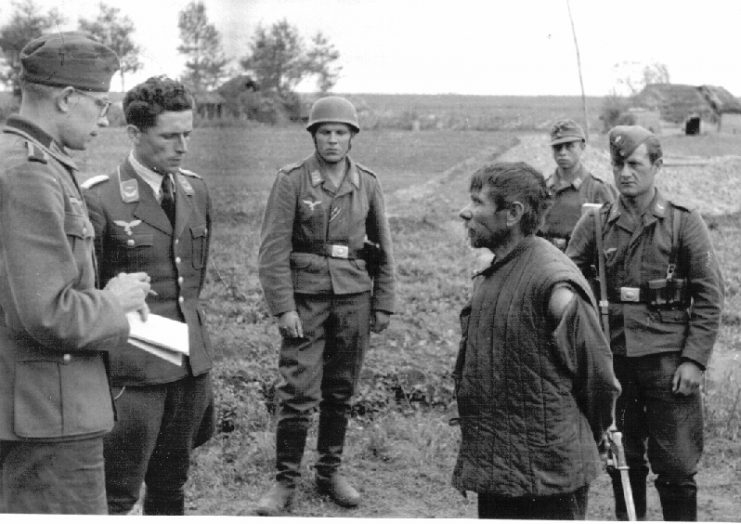
In January 1943, Tengiz Shavgulidze received the post of instructor of the subversive staff of the Minsk partisan unit. In this position, he began to work on the creation of hand grenades. In the spring of 1943, Tengiz constructed the first grenade.
As the body of the grenade, trimmings of water pipes were used, which were filled with explosive. A detonator served as a Bickford cord or a capsule detonator. The first samples of these grenades were delivered for evaluation to the central headquarters of the partisan movement. Major Ivolgin July 9,1943, concluded:
“The grenade is reliable in circulation and action. The most valuable property of a grenade is the possibility of making it on the spot. It seems vital that any attempt to establish local production in the conditions of partisan detachments not only support but also encourage.”
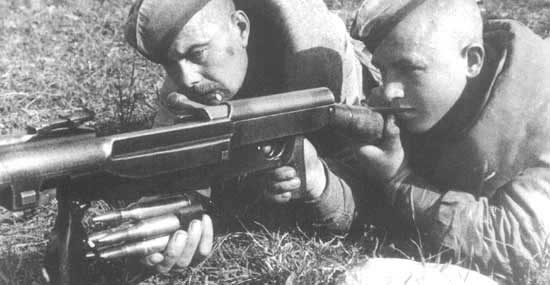
Grenades Shavgulidze were widely used in subsequent guerrilla fights. Its main advantages were that they possessed great destructive power. At the beginning of June 1943, the 25th partisan brigade in a night battle demolished several buildings with men and enemy equipment.
In addition, they blew up two railway bridges and disrupted the telephone connections. Soon after that, Shavgulidze’s grenades were used by many partisan detachments. More than 7,000 of these grenades were manufactured in the detachments of the Minsk region alone.
Shavgulidze’s next invention was a partisan rifle grenade launcher. Due to its simple design, it was manufactured in even field conditions. To the carbine or rifle, a mortar was erected which was made of a sleeve of a 45-mm shell. The grenade was thrown from the mortar with a shot of an idle cartridge.
The range reached 300 meters. This invention was called-a partisan grenade launcher Shavgulidze. On tests of this grenade is written in the book on the Heroes of the Soviet Union by Roman Machulsky:
“On September 5, 1943, the grenade launcher was tested in the presence of partisan commanders, staff workers of the compound. During the test, the Secretary of the Minsk underground regional Committee Vasily Kozlov was present. Tengiz laid a grenade in morts, loaded a rifle, put it to the butt and fired.
The grenade flew about 300 meters and exploded. At the site of the explosion, a small funnel formed, as if from an explosion of a mine Kozlov several times walked around the funnel. Then he took a Tengiz grenade launcher and carefully examined it. Returning it back, he said: “A fine weapon! It’s good that the grenade explodes with such a roar: let it also affect the fascists.”
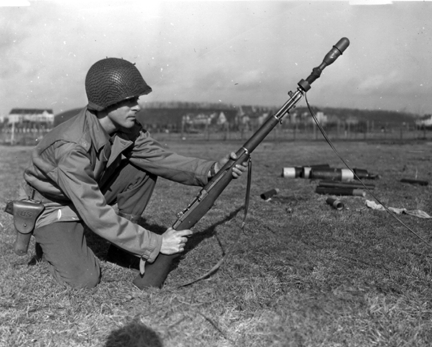
By January 1, 1944, about 120,000 units of the partisan rifle grenade launcher Shavgulidze were manufactured in the guerrilla units of the Minsk region. In the book under the title «Клятву сдержали» (Kept his oath), one of the episodes of combat activity of partisans is described:
“Six guerrillas, armed with grenade launchers, were ambushed on the Luban – Ureche road. Intelligence reported that the enemy was about to pass along this road. And indeed, soon a company of punishers emerged from behind the turn. Here they were already very close. Partisans raised grenade launchers. One by one, there were quiet shots – and grenades were bursting at the feet of the fascists.
The enemy was in a panic! The Germans scattered everywhere, and a few dozen soldiers lied on the road. There are many such examples. For a short time the grenade launcher Shavgulidze became a favorite partisan weapon, and they nicknamed it “Katyusha”.
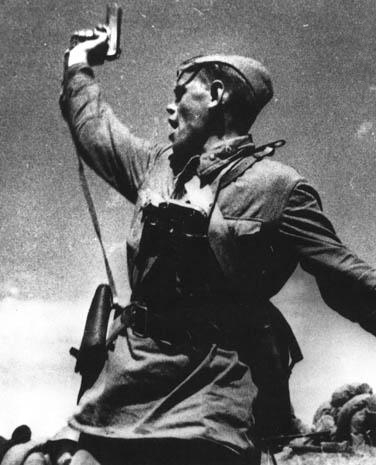
For his services, Tengiz Shavgulidze received the Order of the Red Banner and the medal “Partisan of the Patriotic War” 2nd degree. After the war, he returned to Moscow to his previous work on the railroad.
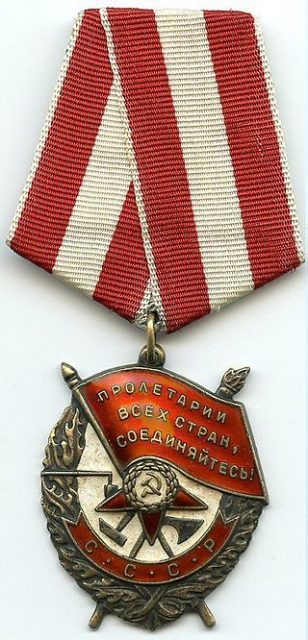
For the remainder of his life, Tengiz worked as a design engineer at the railway scientific research institute and in the design bureau of the Transmash plant. Soon Shavgulidze became a deserved inventor in Soviet Russia. In total, 85 inventions are credited to him. He died in 1987.
The Belarusian State Museum of War currently stores samples of homemade weapons invented by Tengiz Shavgulidze. In the conditions of a shortage of ammunition, the inventions of this man rendered a great help in guerrilla resistance.
